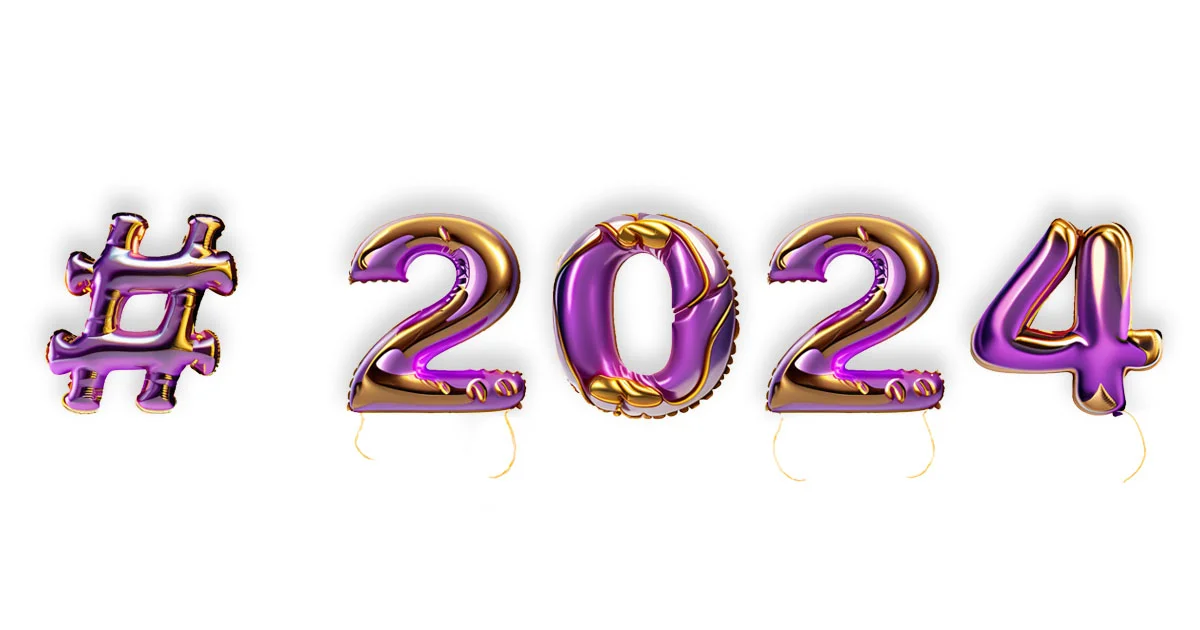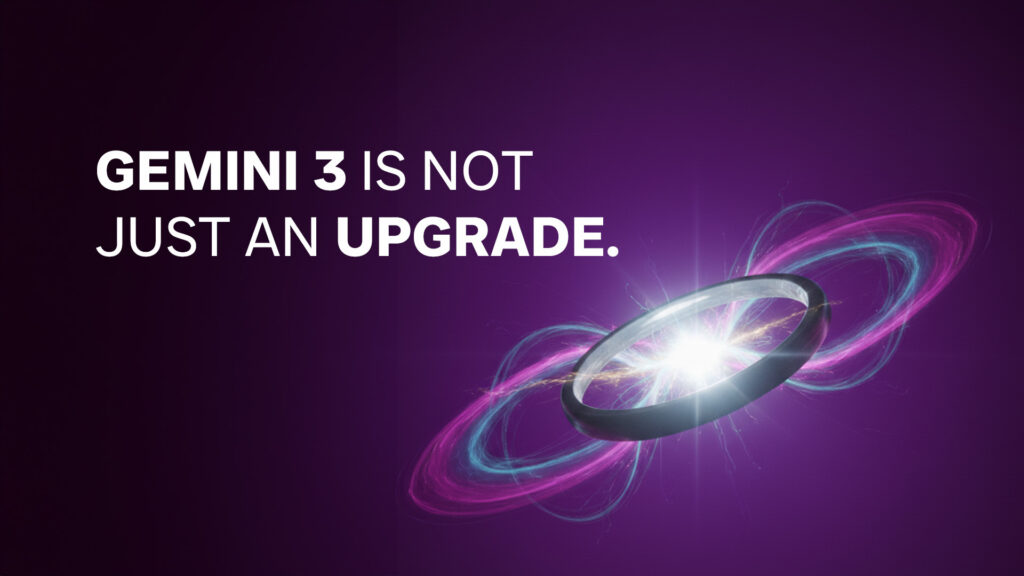Are Hashtags Still Worth it In 2024?
Heading into 2024, the digital landscape continues evolving at record speed, with Instagram remaining a powerhouse in social media marketing. A critical element of Instagram’s evolution is the role of hashtags.
Once a straightforward tool for categorizing content, hashtags for Instagram have transformed into sophisticated instruments for enhancing visibility, engagement, and brand presence, or have they?
This blog teases apart the mystery: Are hashtags still relevant in today’s ever-changing digital landscape? And if they are, how can they be harnessed effectively in current and future marketing strategies? Keep reading as we unravel the secrets of the real impact of hashtags in 2024.
Here are all the topics we will cover in this guide
The Genesis and Evolution of Hashtags
The 1st platform to use hashtags was Twitter, pioneered by Chris Messina. Its initial function was simple yet revolutionary: grouping related content to streamline user experiences. Soon after that, hashtags became a staple across social media platforms, with Instagram adopting them to categorize content, increase engagement, attract niche followers and strengthen brand images. Back then it was very easy to use, generated tons of free traffic and users that used it correctly saw a huge increase in visibility.
On top of that, Hashtags became instrumental in amplifying messages and powering hashtag campaigns, especially for companies, businesses, and advocacy groups.
The Current Role of “Tags” in Digital Marketing
Today, hashtags for Instagram have transcended beyond simple categorization, playing a vital role in digital marketing strategies. The focus has shifted towards a more strategic and targeted approach.
Rather than indiscriminately using a large number of word phrases, the trend is to use fewer, more meaningful ones that align with the target audience’s interests and search habits.
But why is that the case now?
Simply put, the Algorithms got so smart in picking up the actual intent of the post and who might benefit from such content, they got more reliant on their machine learning and AI for the categorization of content and hashtags can help with that, explaining why the fewer the hashtags, the easier for the algorithm to understand the content and to pinpoint exactly what the post is about and it’s target demographic, while the broader the hashtags selection the more confusing it will be for the Algorithm; making it completely ignore your hashtags altogether.
In short, this evolution points to the importance of understanding audience preferences and aspirations and using ones that resonate with their interests to enhance the visibility of content.
However, the good times weren’t going to last forever, and the role of the good old hashtag changed dramatically, to the extent that even Instagram CEO Adam Mosseri stated that they “Don’t really help views anymore” but how accurate that comment really is?
The Age of Keywords
This strategic use of word phrases is about more than just categorization; it’s about accurately representing the core message and essence of the posts. By ensuring relevance and alignment with the audience, the likelihood of posts being discovered and shared increases, fostering enhanced engagement and authenticity.
Instagram “tags”, as recently called by Instagram, are now integral to SEO and content strategy on the platform. They are considered keywords by the Instagram algorithm, which uses them not only to categorize content but also to comprehend its context. This shift from traditional hashtag usage to a focus on SEO mirrors the evolving dynamics of Instagram. It highlights the increasing importance of content categorization and strategic promotion on the platform. While Instagram hasn’t officially declared them as tools or keywords for SEO, the platform’s updates and algorithm changes, in addition to various industry experts and sources, strongly suggest this evolving transition.
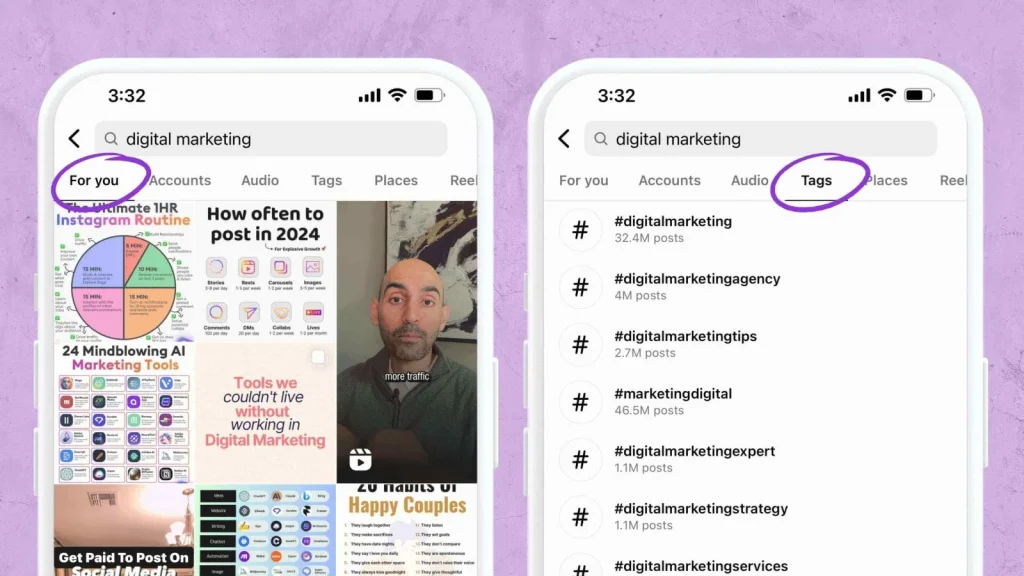
Navigating Hashtag Use: Quantity Versus Quality
In the early stages of Instagram, users were inclined to add as many hashtags as possible, often reaching the maximum limit of 30, in pursuit of maximizing reach. This practice, however, evolved. The “hashtag-ladder” approach, which recommended using between 13 and 15 relevant ones per post, became more prevalent. This shift was driven by the realization that using too many word phrases could appear spammy and potentially deter followers.
Despite a period where their effectiveness seemed to fade, leading some to question their utility, they have remained a valuable asset. Recent updates from Instagram suggest a further evolution in hashtag performance, advising users to use between 3 to 5 word phrases per post. This guidance aligns with their current role as SEO-like tools, instrumental in aligning content with user interests and enhancing visibility on the platform.
Significantly, a study examining 75 million Instagram posts between March 2021 and March 2022 revealed an interesting insight into the relationship between hashtags and post views. The study found no significant difference in engagement rates based on the number of the ones used, underscoring the importance of content quality and relevance over their quantity. This data suggests that while they are still a critical tool, their strategic use, focusing on relevance and quality, is more important than ever in ensuring effective content promotion on Instagram.
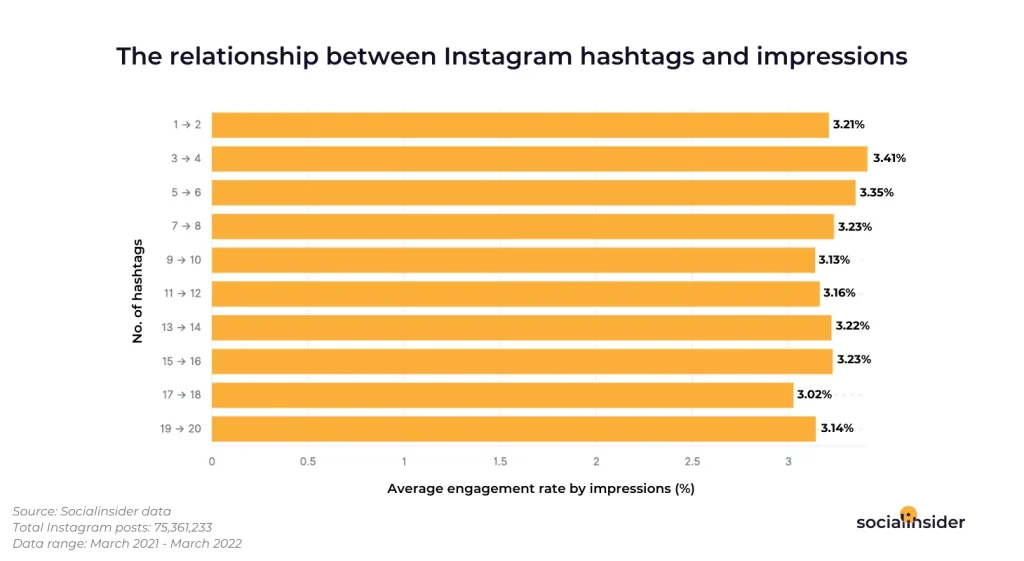
Optimizing Hashtag Performance and Content Quality
In 2024, using hashtags on Instagram the right way means finding a balance between choosing the right ones and putting them in the right place. It’s best to use hashtags that are closely related to what your post is about (even if they are low volume). For example, if you’re posting a photo of homemade pizza, good hashtags might be #homemadepizzaleb or #cookingatashrafieh or anything relevant to where and what you are doing exactly (As long as these hashtags actually exist). It’s important to avoid using hashtags that don’t fit your content, even if they are popular. For instance, using a hashtag like #italy or #cooking or even #travel on your pizza photo doesn’t make sense and might make people less interested in your post. The goal is to keep your hashtags relevant and true to your content to help the Algorithm attract the right audience and keep them engaged.
To take it a step further, tracking and measuring your hashtags’ effectiveness is essential in refining your strategy. Tools like Brand24 and HashtagExpert offer insights into metrics such as volume of mentions, reach, and impressions, helping you understand the impact of your word phrase choices.
Another important aspect of hashtag performance is understanding that their effectiveness is directly linked to the quality of the content. Tags are no longer stand-alone tools for reach; they work best when complementing well-crafted and compelling content. Including these word phrases in the captions, as opposed to comments, further enhances their efficacy. The Instagram algorithm is more adept at reading word phrases in captions, which aids in categorizing the content and increasing its chances of appearing on search pages and “for you” sections.
One last thing to keep in mind is awareness of banned hashtags. Instagram maintains a list of word phrases that are restricted or banned, and using these can significantly hamper a post’s performance or even lead to restrictions. Utilizing tools like IQhashtags.com can help identify these harmful keywords, ensuring that your content remains compliant and visible.
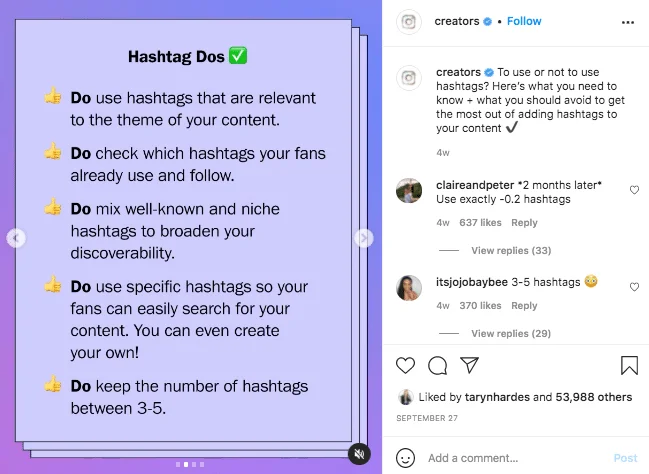
Conclusion: Embracing the New Word Phrase Concept
As we navigate through 2024, it’s evident that Instagram hashtags are far from dead, and they are more than just tools for reach as they are integral to SEO and content strategy. Their strategic use can significantly amplify online visibility and engagement. For digital marketers and content creators, mastering the art of relevant, strategic word phrase usage is not just beneficial—it’s essential for success in the dynamic world of Instagram marketing. Ready to boost your brand’s digital game? At Fatcow Digital, we’re not just hashtag enthusiasts; we’re strategists. Elevate your online presence with our expert social media and hashtag strategies. Let’s tailor a digital marketing plan just for you. Click here to Contact us and Evolve your brand today!
Ready to Boost Your Instagram Presence?
Discover the secrets to effective hashtags today!
Join us for tips and updates on marketing.

